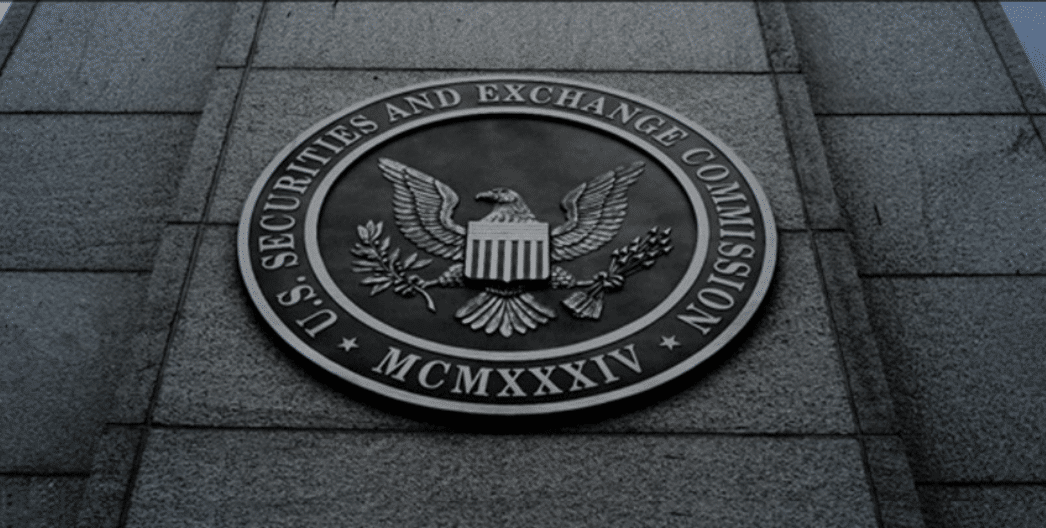Bitcoin price at risk of losing $28,000 with BTC futures premium at 2-month low?
Over the past 17 days, Bitcoin (BTC) price has traded within a narrow 8.5% range from $27,250 to $29,550, causing the 40-day volatility gauge to fall below 40%. This was not limited to cryptocurrencies as the historical volatility of the S&P500 index has reached 17%, the lowest level since December 2021.
But will $28,000 become the new resistance? Not according to the latest Bitcoin futures and options data. Nevertheless, macroeconomic conditions are still the main driver of the risk markets’ price fluctuations in the near to medium term.
BTC price flattens as investors lose risk appetite
A myriad of reasons can be given to explain the relatively low price swings in risk markets, including the expectation of a recession, investors unwilling to place new bets until the US Federal Reserve ends its interest rate hikes, or increased demand (and focus) on fixed assets . income trades.
The problem is that no one can prove what has caused investors to limit risk appetite and drive Bitcoin’s price sideways. Many fear that commercial real estate is a growing concern, which could trigger major turbulence ahead – including Warren Buffett, the fund manager of many billionaires.
While some believe that the debate over the US debt ceiling and the banking crisis could further cement the US dollar’s weakness, Buffett sees no alternatives. The finance mogul is a long-term critic of the precious metal gold, as his investment thesis prioritizes yielding assets.
The debt ceiling drama has prompted Treasury Secretary Janet Yellen to warn that a “precipitous economic downturn” will follow if Congress does not act in the coming weeks.
On the one hand, the government faces pressure to maintain economic activity and limit the banking crisis. Ultimately, raising the debt limit will add liquidity to the markets, further triggering inflation.
This complex environment of inflation risks, an economic slowdown and a weakening US dollar may have caused investors to lose interest in risk assets and concentrate their efforts on fixed income trades as interest rates have moved above 5% per annum.
For Bitcoin, an alarming sign would be a negative futures contract premium or increased costs of hedging when using options. That is why investors should follow these BTC derivative calculations closely.
Bitcoin futures show weak demand from longs
Bitcoin quarterly futures are popular with whales and arbitrage tables. However, these fixed-month contracts typically trade at a slight premium to spot markets, indicating that sellers are asking for more money to delay settlement.
As a result, BTC futures contracts in healthy markets should trade at an annual premium of 5-10% – a situation known as contango, which is not unique to crypto markets.
Bitcoin traders have been extremely cautious over the past two weeks. Even during the recent rally toward $29,850 on May 6, there has been no increase in demand for leveraged longs. Also, the subsequent 6.8% correction down to $27,800 has brought the BTC futures premium to a two-month low of 1.5%.
The Bitcoin option risk metric stood neutral
Traders should also analyze options markets to understand whether the recent correction has made investors more optimistic. 25% delta bias is a clear sign when arbitrage tables and market makers are charging too much for upside or downside protection.
In short, if traders expect a Bitcoin price drop, the bias calculation will rise above 7%, and tension phases tend to have a negative bias of 7%.
Related: “Bitcoin is not under attack:” BTC maxis allays fears of a DoS offensive
As shown above, the option delta 25% bias has recently flirted with excessive optimism, as the protective put options on May 7 traded at a 7% discount to similar neutral-to-bullish calls.
However, the trend quickly reversed as the Bitcoin price tested levels below $28,000. Currently, this is a balanced risk appetite according to BTC option prices, as the 25% delta bias indicator is close to 0%.
Bitcoin options and futures markets suggest that pro-traders are less confident, favoring sideways trading. Traders should therefore not turn bearish due to weakened derivative indicators.
In other words, if there was enough conviction that $28,000 would become resistance, one would expect a much higher appetite for risk-averse put options and a negative BTC futures premium, or “backwardation.”
This article does not contain investment advice or recommendations. Every investment and trading move involves risk, and readers should conduct their own research when making a decision.


